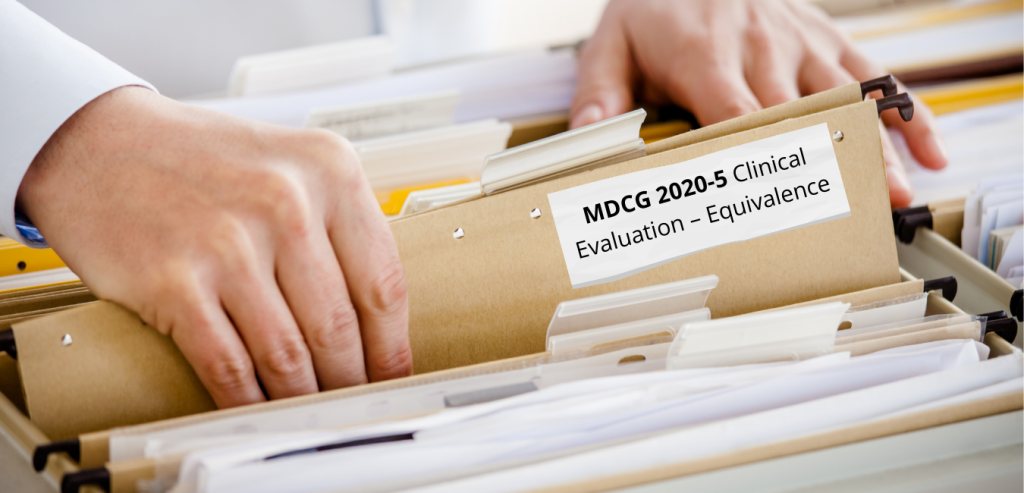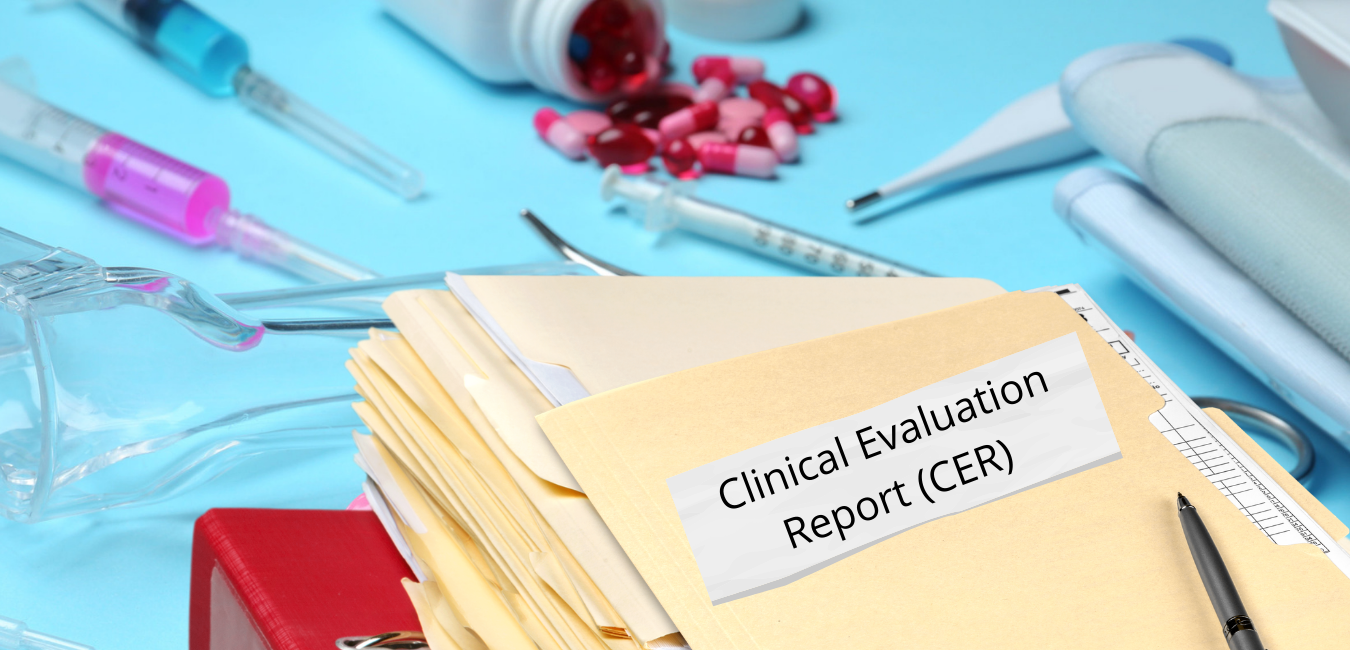Clinical Evaluation Report (CER) constitutes a significant part of technical documentation (TD) that summarizes and draws conclusions on the clinical evaluation of the medical device (MD). The analysis and critical appraisal of clinical and non-clinical data regarding the device in question aims to demonstrate that the MD achieves its intended purpose with acceptable risk for users. Clinical Evaluation Reports are required for all medical devices according to Medical Device Regulation (EU) 2017/745, in force from 26 May 2021. The Medical Device Regulation (MDR) added to a broad-spectrum of new regulatory requirements for MDs, including those regarding the process of clinical evaluation and preparation of CER.
Requirements for CER and the missing guideline
The detailed guidance on how to perform the clinical evaluation of MD and document the process is provided in MedDev 2.7/1 rev 4. guideline “Clinical Evaluation: A guide for manufacturers and notified bodies under Directives 93/42/EEC and 90/385/EEC”, June 2016. Nevertheless, as stated in its title, 2.7/1 rev 4. was established in accordance with previously applicable Medical Device Directives, and has not been updated since.
The up-to-date requirements for CER can be found in MDR, especially Article 61 and Annex XIV, where, however, only the basic overview of the required clinical evaluation steps can be found. The current CER template or the guideline on clinical evaluation process and report is missing, despite a wide range of documents published, to assist stakeholders in applying MDR (mostly Medical Device Coordination Group guidelines, MDCGs).
So how can one proceed?
The more detailed insight into the obligatory CER content is provided by the MDCG 2020-13 Clinical evaluation assessment report template guideline. Although this document constitutes a template for the report on the assessment of CER (CEAR – Clinical Evaluation Assessment Report) dedicated for Notified Bodies, the checklist included in the template and additional explanatory text may serve as an indicator of the extent of information needed to be included in particular sections of CER. Also, the MDCG 2020-6 Guidance on sufficient clinical evidence for legacy devices, may be helpful, by specifying which parts of the prominent CER guideline MedDev 2.7/1 rev 4. are still applicable under MDR. Having available the two MDCGs (2020-13 and 2020-6), the preparation of CER can begin.

CER structure and content
Clinical Evaluation Report is the final stage of the clinical evaluation process, which is generally divided into the following steps:
Stage 0: The scope and plan for the clinical evaluation
According to MDCG 2020-13, a summary of Clinical Evaluation Plan that meets the requirements of Annex XIV Part A of MDR should be included in CER. The clinical evaluation plan (CEP) should cover all activities related to the ongoing conduct and documentation of the clinical evaluation of the device, including the clinical development plan of the MD.
Stage 1: Identification of pertinent (pre- and post-market) data
This includes the clinical evidence relating to the device in question or the equivalent one (see MDCG 2020-5 Clinical Evaluation – Equivalence). Clinical evidence includes the results of clinical investigations of the evaluated device, either generated and held by the manufacturer or published in the literature, data from post-market surveillance and clinical follow-up activities, and evidence resulting from the systematic literature search based on the predetermined literature search protocol. It is a matter of great importance to prepare a reproducible and systematic search strategy to identify both favourable and unfavourable data that is relevant to the device. Usually, the separate literature search protocol should be presented for the “state of the art” part, performed to establish the applicable standards and guidance documents, and to recognize benchmark devices as a reference for setting a target safety and performance requirements for the device.

Stage 2: Appraisal of pertinent data
Appraisal involves the determination of the scientific validity of each set of data, relevance to the device in question and assessing the contribution of each data set to the overall clinical evaluation. Assessing the reliability of scientific evidence can be based on the existing instruments designed to evaluate the methodological quality of trials, e.g. Jadad scale (Oxford quality scoring system) for randomized clinical trials. Still, the evaluation method should be matched to the specific type of data set (different scales are used for nonrandomised studies, pooled analysis, etc.).
Stage 3: Analysis of the clinical data
The aim is to reach conclusions about the device’s compliance with General Safety and Performance Requirements (GSPRs) set out in Annex I of the MDR. The data analysis should address the benefit/risk profile of the device, conclusion on the residual risks and how it compares to the competitor’s devices/alternatives for treatment.
Stage 4: Finalize the CER
Since the foregoing points are accomplished, it’s time to transfer them all onto paper. The CER summarises and draws together the evaluation of all the relevant clinical data documented or referenced in other parts of the technical documentation (references to applicable TD sections are welcomed).

Writing a Clinical Evaluation Report compliant with MDR is recognized as one of the most time-consuming and challenging processes for the MD Manufacturers. It is essential for the CER author to be prominent in identifying, evaluating and analysing clinical data, and possess the adequate knowledge and experience. Sometimes it can be beneficial to involve a few CER authors in order to have a full range of required expertise represented. The up-to-date CVs should be provided for all CER authors, and, last but not least, completed CER should be signed and dated.
Summary
Taking into consideration the variety of items undergoing the clinical evaluation of medical devices, the guidelines presented above should be seen as supportive indicators of how the CER should be structured and the scope of data included in it. The length and complexity of CER will mainly depend on the evaluated device – the more innovative the technology is, the wider the extent of clinical data is needed, to build a strong case for the claimed features and safety of use. Importantly, the report should be comprehensible for the third party, providing a well-planned and reproducible literature review and clear conclusions on the safety and performance of the device.
If you are in search of professional support for the preparation of CER or other activities regarding the clinical evaluation process of medical device, SciencePharma will be pleased to help you. We will be glad to answer all your questions and prepare a solution tailored for you.

